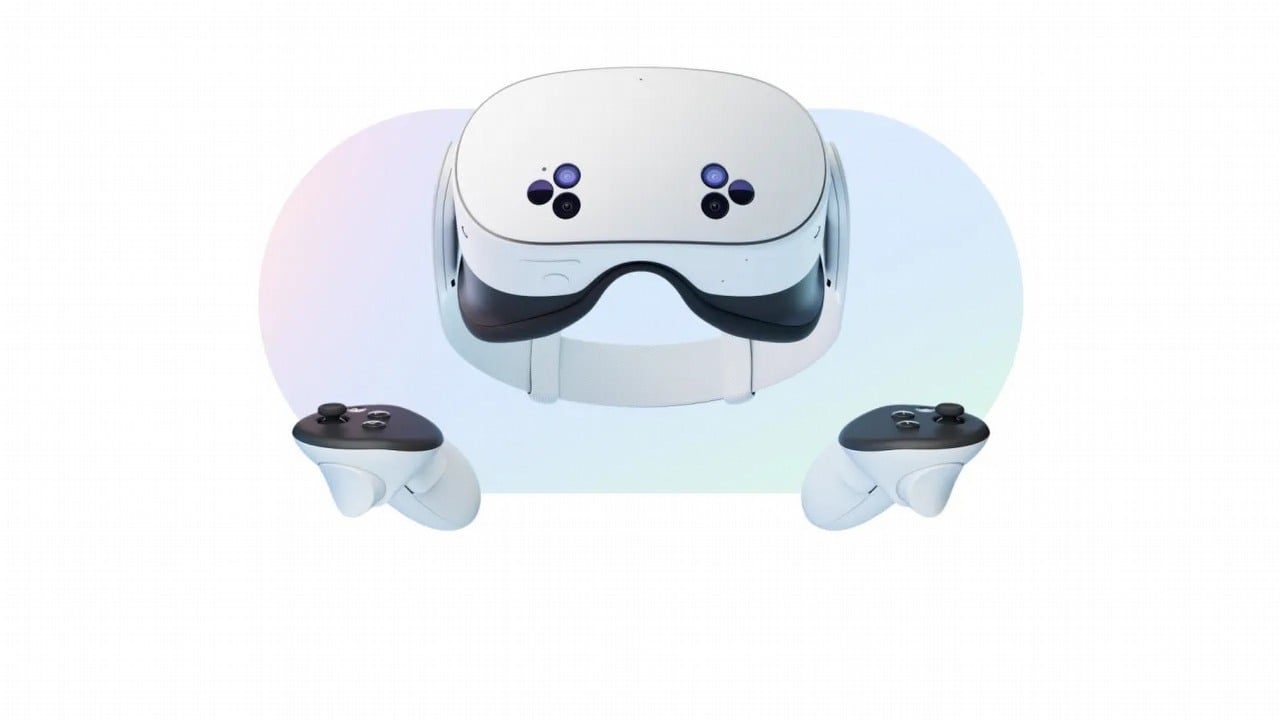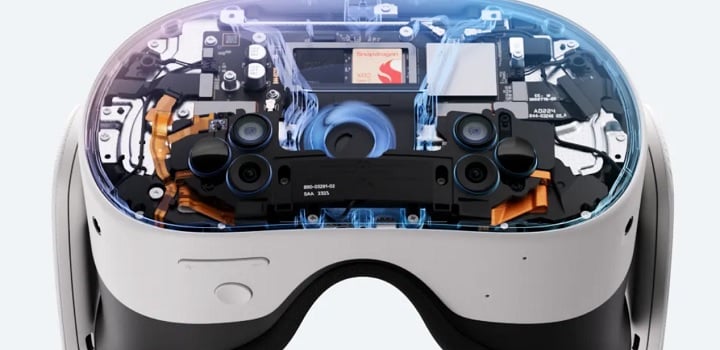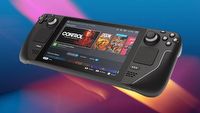Meta Quest 3S Vs. Meta Quest 3. We Describe the Differences
In this article, we lean into the VR goggles from Meta, namely the Meta Quest 3 and the cheaper Meta Quest 3S. We examine how these devices differ from each other, and describe the similarities.

The Meta company offers VR sets, which vary not only in terms of capabilities but also in price. In this article, we describe how the Meta Quest 3S goggles differ from the Meta Quest 3 model. However, it's worth noting at the outset that at the time of writing these words, the first of the aforementioned headsets isn't yet available. The release date of Meta Quest 3S is set for October 15, 2024.
Comparison of Meta Quest 3S and Meta Quest 3 goggles
Below we discuss the most important differences between Meta Quest 3S and Meta Quest 3.
- What distinguishes the Meta Quest 3S from the Meta Quest 3 is, above all, the optical technology. Meta Quest 3S offers a 96-degree field of view, Fresnel lenses, and a resolution of 1832 x 1920 pixels. Meanwhile, Meta Quest 3 offers a 110-degree field of view, better and more advanced Pancake-type lenses, as well as a resolution of 2064 x 2208 pixels.
- Furthermore, the Meta Quest 3S has a slightly worse battery, as its capacity is 4324 mAh, which is enough for about 2.5 hours of working. Surprisingly, despite having a larger capacity of 5060 mAh, the Meta Quest 3 battery actually provides a slightly shorter operating time of 2.2 hours.
- Meta Quest 3S also differs in the capacity of its built-in memory from Meta Quest 3. The first one comes in 128 and 256 GB versions, while the second one is available in 128 or 512 GB editions.
- The last difference is the official price. While the Meta Quest 3S 128 GB version is priced at $300, for the Meta Quest 3 with the same amount of built-in memory, we have to pay $649.99.

As for the similarities between Meta Quest 3S and Meta Quest 3 – the sets share a surprising amount of similarities, for instance:
- Processor (in both cases we are dealing with a Snapdragon XR2 Gen2 unit);
- RAM (8 GB);
- Fastening method;
- Supported technologies (hand tracking, haptic vibrations in controllers);
- Package contents (headset, elements for mounting goggles on the head, controllers, charger, charging cable).
You may also be interested in:
0

Author: Christian Pieniazek
Started working with Gamepressure.com in August 2016. Although the Game Encyclopedia has been his pride and joy from the beginning, he also writes for the Newsroom and the Editorial section. Gained professional experience through a now-defunct service, in which he worked for almost three years. Graduated in Cultural Studies at the AGH University of Krakow. Runs his own business, jogs, cycles, loves mountain hiking, is a fan of nu metal, is interested in space, and of course, enjoys playing games. Feels best in action games with an open world and RPGs, although won't turn down good racing or shooting games.
Latest News
- End of remote work and 60 hours a week. Demo of Naughty Dog's new game was born amid a crunch atmosphere
- She's the new Lara Croft, but she still lives in fear. Trauma after Perfect Dark changed the actress' approach to the industry
- „A lot has become lost in translation.” Swen Vincke suggests that the scandal surrounding Divinity is a big misunderstanding
- Stuck in development limbo for years, ARK 2 is now planned for 2028
- Few people know about it, but it's an RPG mixing Dark Souls and NieR that has received excellent reviews on Steam, and its first DLC will be released soon

